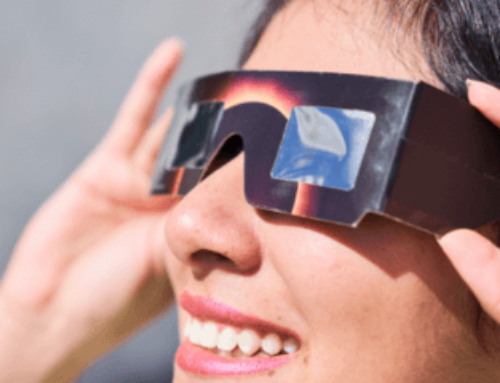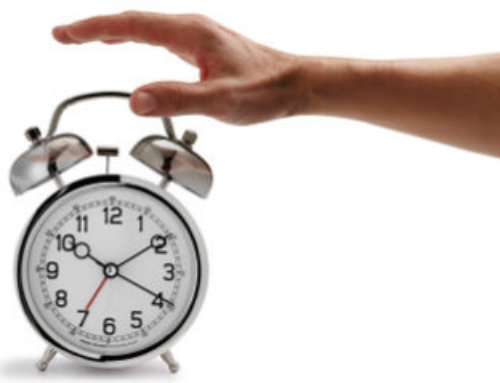CONTACT: Doug Dusik, 630-737-9700 ext. 9345, ddusik@aasm.org
DARIEN, IL – People with primary insomnia may be able to find relief by wearing a cap that cools the brain during sleep, suggests a research abstract that will be presented Monday, June 13, in Minneapolis, Minn., at SLEEP 2011, the 25th Anniversary Meeting of the Associated Professional Sleep Societies LLC (APSS).
According to the authors, a reduction in metabolism in the brain’s frontal cortex occurs while falling asleep and is associated with restorative sleep. However, insomnia is associated with increased metabolism in this same brain region. One way to reduce cerebral metabolic activity is to use frontal cerebral thermal transfer to cool the brain, a process known as “cerebral hypothermia.”
Results show that there were linear effects of all-night thermal transfer intensities on sleep latency and sleep efficiency. The time that it took subjects with primary insomnia to fall asleep (13 minutes) and the percentage of time in bed that they slept (89 percent) during treatment at the maximal cooling intensity were similar to healthy controls (16 minutes and 89 percent).
“The most significant finding from this study is that we can have a beneficial impact on the sleep of insomnia patients via a safe, non-pharmaceutical mechanism that can be made widely available for home use by insomnia sufferers,” said principal investigator and lead author Dr. Eric Nofzinger, professor and director of the Sleep Neuroimaging Research Program at the University of Pittsburgh School of Medicine. “The finding of a linear dose response effect of the treatment implies a direct beneficial impact on the neurobiology of insomnia that can improve the sleep of insomnia patients. We believe this has far-ranging implications for how insomnia can be managed in the future.”
In this crossover study, Nofzinger and co-investigator Dr. Daniel Buysse screened 110 people, enrolling 12 people with primary insomnia and 12 healthy, age-and gender-matched controls. Participants with insomnia had an average age of about 45 years, and nine of the 12 subjects were women.
Participants received all-night frontal cerebral thermal transfer by wearing a soft plastic cap on their head. The cap contained tubes that were filled with circulating water. The effectiveness of varying thermal transfer intensities was investigated by implementing multiple conditions: no cooling cap, and cooling cap with either neutral, moderate or maximal cooling intensity.
According to Nofzinger, the simplicity and effectiveness of this natural treatment could be a long-awaited breakthrough for insomnia sufferers.
“The primary medical treatment for insomnia has long been the prescription of hypnotics, or sleeping pills, yet only about 25 percent of patients using these treatments are satisfied, citing concerns regarding side effects and the possibility of dependence on a pill to help them sleep at night,” he said. “There exists a large gap between what patients with insomnia are looking for to help them and what is currently available. Patients have long sought a more natural, non-pharmaceutical means to help them with their sleep at night. The identification of a dose-dependent improvement by the device used in this study opens the door to a novel, safe and more natural way to achieve restorative sleep in insomnia care.”
The study was supported by the National Institutes of Health through the National Institute on Aging, National Institute of Mental Health and National Center for Research Resources; as well as by the Respironics Foundation.
The American Academy of Sleep Medicine reports that chronic insomnia, or symptoms that last for at least a month, affects about 10 percent of adults. Most often insomnia is a “comorbid” disorder, occurring with another medical illness, mental disorder or sleep disorder, or associated with certain medications or substances. Fewer people suffering from insomnia are considered to have primary insomnia, which is defined as a difficulty falling asleep or maintaining sleep in the absence of coexisting conditions.
In a study published in 2006 in the Journal of Clinical Sleep Medicine, Nofzinger and Buysse reported that increased relative metabolism in several brain regions during non-REM sleep in patients with insomnia is associated with increased wakefulness after sleep onset. They speculated that these effects may result from increased activity in arousal systems during sleep or heightened cognitive activity related to processes such as conflict, anxiety, and fear.
Help for people with insomnia is available at more than 2,200 AASM-accredited sleep disorders centers across the U.S.
The SLEEP 2011 abstract supplement is available for download on the website of the journal SLEEP at https://www.journalsleep.org/ViewAbstractSupplement.aspx.
A joint venture of the American Academy of Sleep Medicine and the Sleep Research Society, the annual SLEEP meeting brings together an international body of more than 5,000 leading clinicians and scientists in the fields of sleep medicine and sleep research. At SLEEP 2011 (www.sleepmeeting.org), more than 1,000 research abstract presentations will showcase new findings that contribute to the understanding of sleep and the effective diagnosis and treatment of sleep disorders such as insomnia, narcolepsy and sleep apnea.
Abstract Title: Frontal cerebral thermal transfer as a treatment for insomnia: a dose-ranging study
Abstract ID: 0534
Presentation Date: Monday, June 13, 2011
Presentation Type: Poster – #201
Presentation Time: 10:30 a.m. – 11:30 a.m.
###








